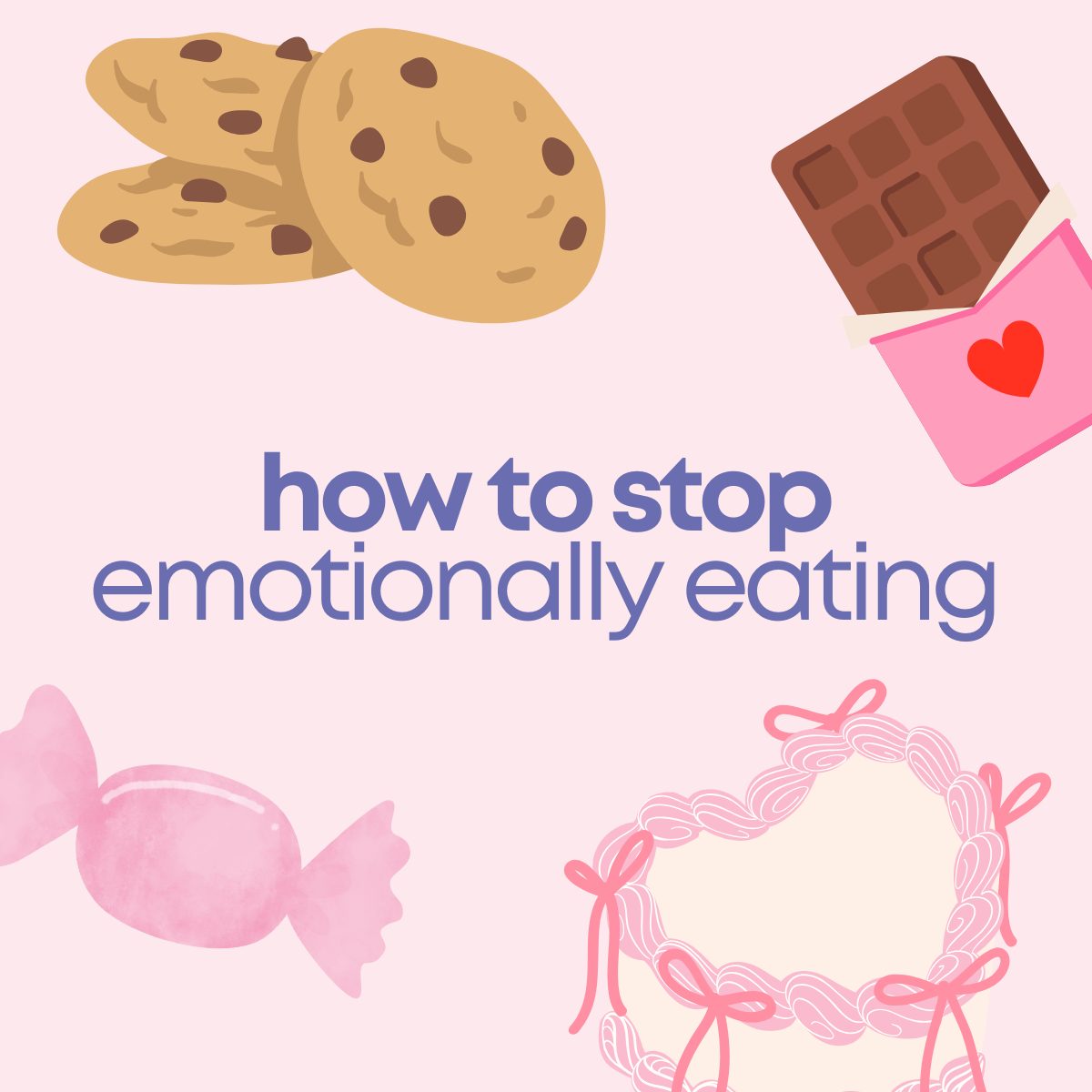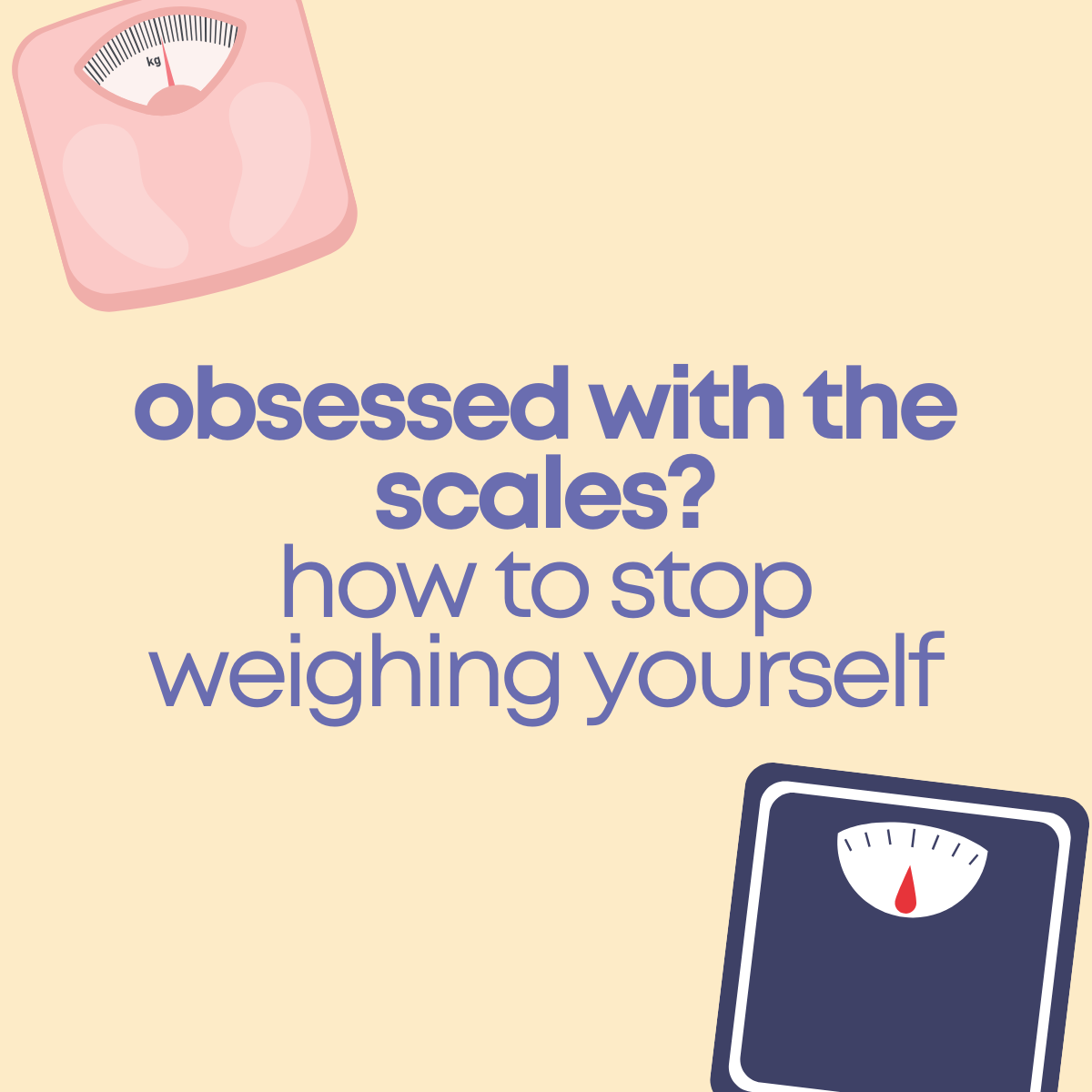Navigating exercise during eating disorder recovery can feel incredibly overwhelming. Let’s break down how you can go about approaching movement during recovery with Exercise Physiologist Alanah Reilly.
Understanding The Purpose of Movement
Too often, our culture insists that we need to fit into a certain mold when it comes to exercise, but it should be the other way around. Movement should be tailored and individualised – and this will look different for everyone.
Movement is meant to serve us. It’s about challenging yourself without it being traumatizing. The key is to distinguish between challenge and trauma. Does it add to our life or take away from it?
It’s important to acknowledge that movement isn’t here to simply serve as a means to lose weight, or change your body size, or shape. It’s important that it enhances your quality of life in some way.
There are numerous factors—about a hundred—that contribute to our weight, shape, and size. Movement isn’t a direct contributor; many other factors come into play. Research and anecdotal evidence show that intuitive movement, which involves paying attention to our minds and bodies before, during, and after movement, leads to the most beneficial outcomes.
Understanding the purpose of movement is an essential step when approaching exercising during eating disorder recovery.
The Importance of Intuitive Movement
There are four key principles for intuitive movement:
- Movement should rejuvenate our mind and body, not exhaust or deplete us.
- It should enhance our mind-body connection, not induce disconnection.
- It should alleviate mental and physical stress, not produce more.
- It should provide genuine enjoyment, not pain or dread.
This approach is called a process-oriented approach, as opposed to an outcome-oriented approach.
It’s about adapting to our circumstances—acknowledging an injury and adjusting our movement accordingly. This helps nurture a healthier relationship with movement, our bodies, and food.
It’s important for improving our overall well-being and performance, compared to ignoring our body’s signals and pushing through or completely abstaining. It’s about recognising when your body needs rest, or when it’s ready for more – this is also known as dosing movement according to where your body and mind is at.
View this post on Instagram
Essentially, people can approach movement in three ways:
- Completely abstaining from exercise.
- Engaging in dysfunctional exercise, driven by guilt, exhaustion, punishment, rigid rules, and a desire to control weight, shape, and size.
- Practicing intuitive movement, which finds a balance between the two extremes.
Dysfunctional exercise can predict a higher risk of relapse in eating disorder recovery, longer hospital stays, worse prognosis, and poorer mental and physical health outcomes.
Abstinence isn’t helpful in the long term either, as it has similar outcomes to dysfunctional exercise.
Intuitive movement, on the other hand, promotes a healthier and more sustainable relationship with movement.
Embracing intuitive movement involves paying attention to our body’s signals, adapting our activities based on how we feel, and prioritising enjoyment and connection over rigid rules and outcomes. This approach not only enhances our well-being, but also supports better performance and a more positive relationship with our bodies.
It may feel a bit left field, but it all comes back to acknowledging homeostasis and what our body actually needs. A little bit of pushing can be helpful, but it comes down to a term called eustress—just the right amount of stress.
Like learning, we need to push our minds a bit to progress, but we also need resources to cope. The same goes for movement; we can push a little, but we need adequate nutrition, hydration, rest, and alignment with our emotions and motivations.
How Do I Know If I’m Exercising Intuitively?
Here are some green flags that suggest you may be moving your body intuitively:
- You are eating and hydrating adequately for your body’s needs around movement
- It is fun and energy-enhancing
- It feels like a choice, not an obligation
- You incorporate variety in your movement, and you are open to trying new forms of movement
- It feels emotionally, physically, and socially safe and sustainable
- You feel aware of your mind and body cues
- It fits into your schedule
- It feels rejuvenating
Movement should still be challenging, but in a way that enhances fitness and well-being rather than destroying it.
Incorporating the FITT Principle
The “FITT” principle is a common principle used to guide movement. It stands for Frequency, Intensity, Time, and Type of movement.
It can also be helpful to expand this to include Recovery, Rest, Reason for movement, Safety, and Intuition, making it more comprehensive and aligned with intuitive movement principles.
For example – when you have an issue like a sore ankle, you can adjust these variables to find a balance that works for you.
- Frequency: How often are you on your ankle? Maybe it needs more rest.
- Intensity: Instead of doing nothing or pushing through, reduce the intensity. Take smaller steps if walking or jogging, or reduce the weight on leg exercises.
- Time: Adjust the duration of your activity—fewer sets, reps, or minutes.
- Type: Change your activity to something more flexibility-based instead of strength-based, or focus on proprioception and coordination.
- Rest: You may choose to consider active rest (gentle activity), or passive rest (complete rest).
- Recovery: Some people might not change their movement immediately but focus on recovery strategies between sessions, like seeing an exercise physiologist, improving sleep, or consulting a dietitian.
- Reason: Reflect on your reasons for movement. Is continuing to stress the ankle in line with your goals?
- Safety: Ensure the movement is physically, emotionally, and socially safe. Consider if it might lead to a more serious injury.
- Intuition: Align your movement with the principles of intuitive movement and your overall wellness.
These adjustments offer a range of options, embodying the “all or something” approach rather than an “all or nothing” mentality.
It’s important to acknowledge that changing everything about your movement routine can feel like pulling the rug out from under you, which can potentially derail recovery.
We might start with awareness and education, using a harm reduction approach. We reflect on the movement without immediately changing it, allowing for a more gradual and supportive transition.
View this post on Instagram
I Am Struggling With Intuitive Movement, Where Can I Start?
Seeing an exercise physiologist can be a great place to start. However if you’re wanting to get started with improving your relationship with exercise during eating disorder recovery on your own, here are some strategies for you to try:
Listen to your body
How does movement make you feel physically and mentally?
Pay attention to how your body feels during and after movement. If something feels painful or uncomfortable, it’s okay to modify or stop the activity.
Clarify Your Purpose
Identify the reason why you want to engage in exercise during eating disorder recovery. These reasons may include:
- To reach a performance milestones or practice a skill
- The type of movement aligns with your values
- Stress management and to support mental health
- For fun and enjoyment
- To improve energy levels
Start Small
Start by incorporating some gentle, enjoyable activities that make you feel good. This could look like a coffee walk in the sun with a friend, or taking up gardening.

Understand Diet Culture
Recognise how movement is portrayed in the media and society. The definition of fitness is often skewed towards appearance rather than functionality. Fitness should be about having the energy and capacity to live your life fully, not fitting into a specific aesthetic mold.
Seek Support
Surround yourself with supportive people who encourage a healthy relationship with movement. This can be friends, family, or a supportive online community.
Working with an exercise physiologist can also be invaluable in improving your relationship with exercise during eating disorder recovery in a way that is safe.
Practice Flexibility and Self-Compassion
Allow yourself to modify your exercise routine as needed. It’s okay to change the intensity, type, or duration of your activities based on how you feel.
Show yourself some self-compassion and remember it’s a journey.
Reflect
Make sure to check in with yourself regularly. Is movement enhancing your life, or taking away from it?
Take a moment to reflect on your motivations. Try to shift the focus to align these with positive motivations like feeling good, having fun, and improving overall well-being.
Remember, it’s a journey, and finding a balance that works for you is key.
About Alanah:
Alanah is an Accredited Exercise Physiologist, clinical supervisor, and the founder and director of Autonomy in Movement. She has a deep passion for helping people develop an autonomous, brave, and life-enhancing relationship with movement.
Alanah occupies multiple privileges and uses these as a platform to amplify the voices and experiences of others. She practices from a whole-person, social justice, trauma-informed, size-inclusive, and evidence-based framework. Alanah positions individuals as the experts of their own experiences and herself as a collaborator, walking alongside them.
Where you can find Alanah:
Instagram: @the.edep
Website: http://www.autonomyinmovement.com.au





Comments +